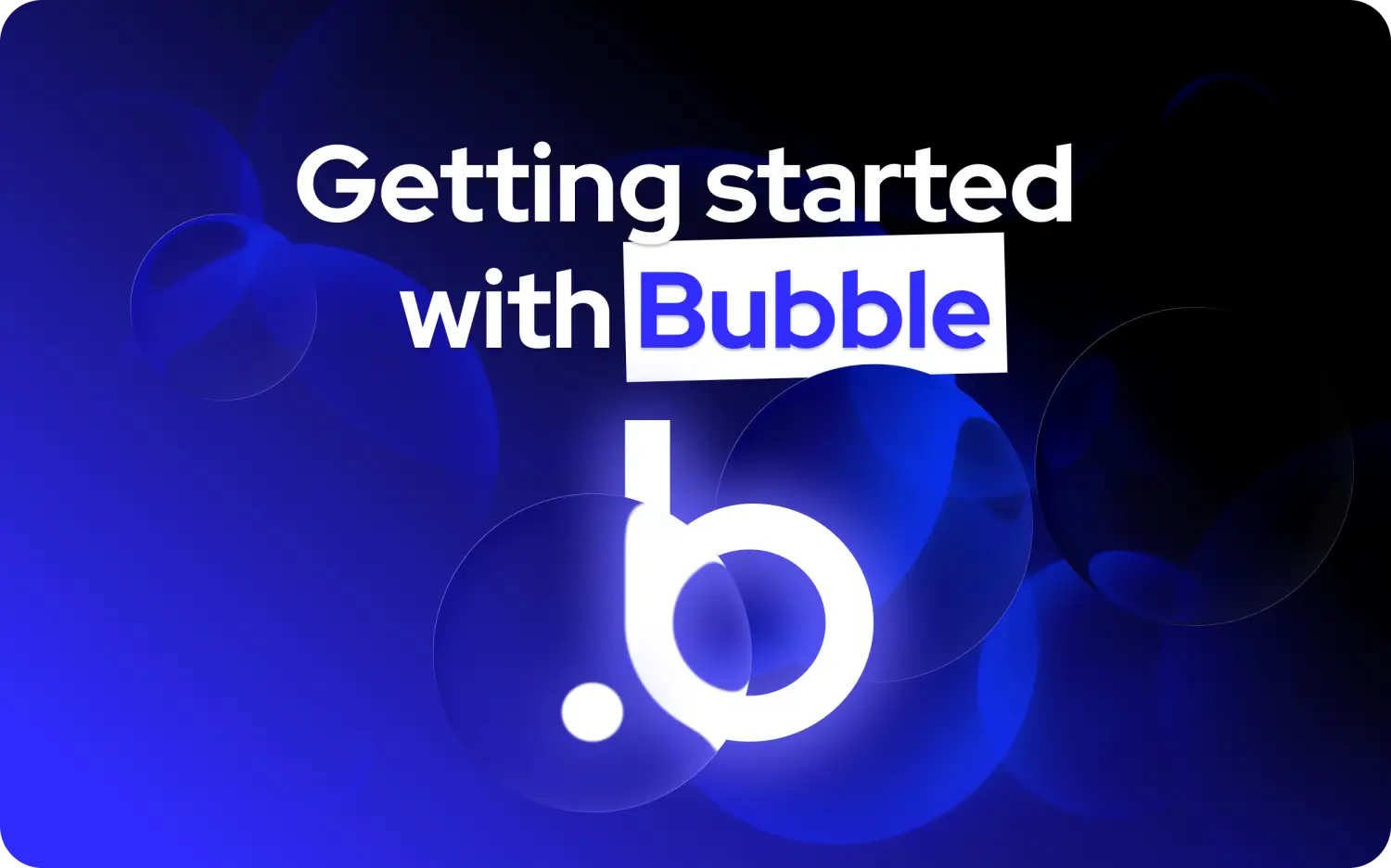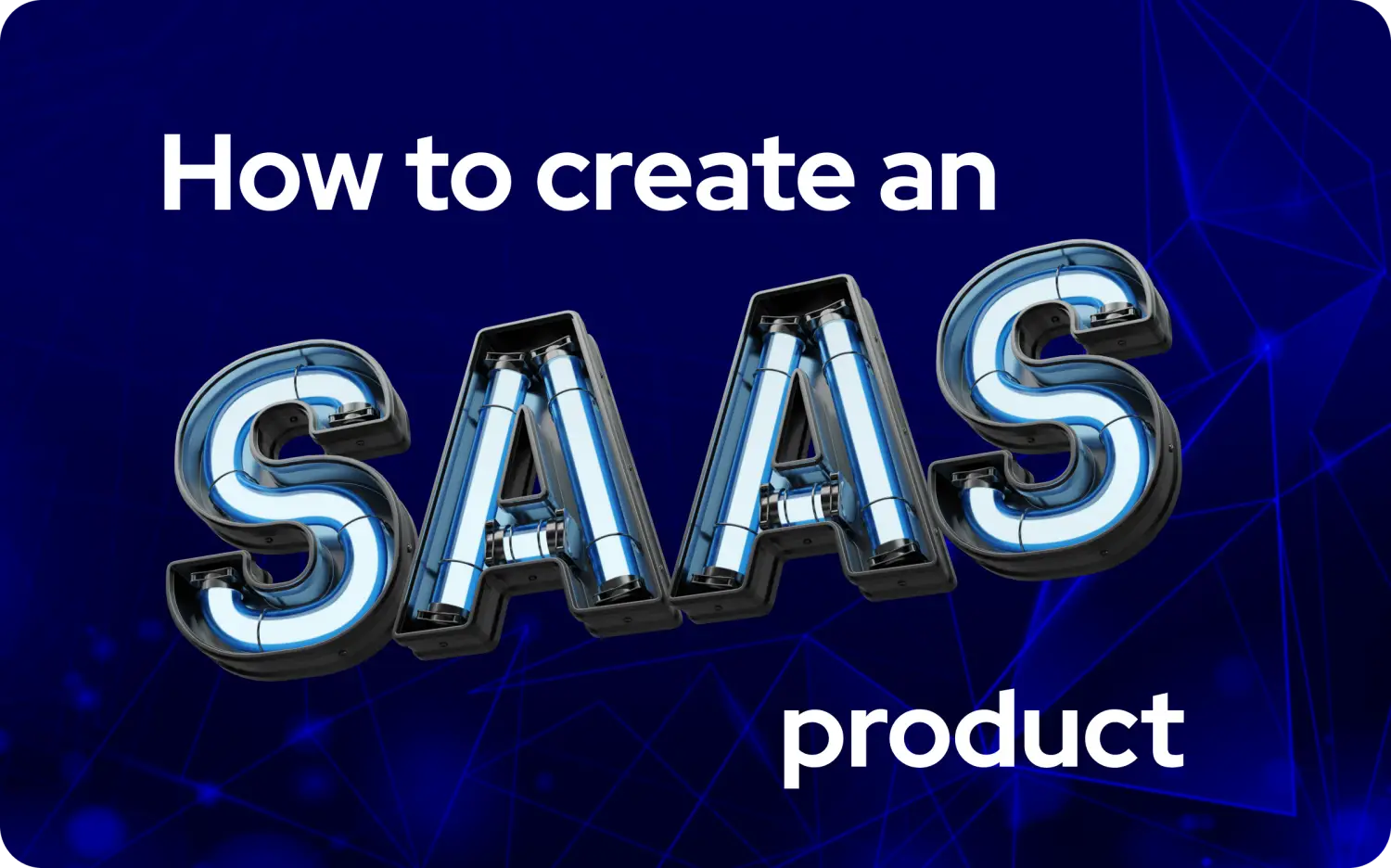
As the founder of Minimum Code with over 4 years of Bubble expertise, I've guided hundreds of entrepreneurs through the no-code journey. While there are many ways to learn Bubble, I've discovered that a structured approach yields the fastest and most effective results.
Bubble lets you build real, powerful web applications without writing code. But if you're new to the platform, the interface can feel overwhelming at first. This guide gives you a clear, proven path to get started and avoid common pitfalls.
The key insight I've gained after years of teaching Bubble? Learn by doing. Your first app won't be perfect, and that's exactly the point. It's about building muscle memory and understanding how Bubble thinks.
Step 1: Choose your app type
Before diving into tutorials, decide whether you're building a web app or a mobile app. This simple decision will help you focus on the right learning resources from the start.
Web app or mobile app?
- Web app: Traditional browser-based applications that work well on desktop and mobile
- Mobile app: Optimized for mobile interfaces with responsive design
Whichever you choose, Bubble has dedicated beginner videos that walk you through the essentials for that specific format. Start with the Bubble Manual "Start Here" guide, which provides a perfect foundation for both approaches.
Many beginners make the mistake of bouncing between different tutorials without completing any. Commit to one path first - you can always expand your knowledge later.
Step 2: Go through the Bubble Academy
After years of teaching Bubble to teams and individuals, I've found that the official Bubble Academy provides the most comprehensive foundation. This free resource is constantly updated and covers everything from basic concepts to advanced techniques.
Here's how to use it effectively:
- Start with "Getting Started" - These lessons introduce core concepts through hands-on examples
- Build along with the videos - Don't just watch; actually implement what you're seeing
- After each lesson, try to build something similar on your own - This reinforcement is crucial
- Use Bubble's built-in AI assistant - It can help generate basic pages or workflows, showing you proper structure
The Academy is structured to build your skills progressively. By the end of the basic courses, you'll understand how to create pages, set up workflows, and manage data - the three fundamental pillars of any Bubble application.
Step 3: Learn by experimenting
The most successful Bubble developers I've mentored all share one common trait: they're not afraid to experiment. This phase is critical for cementing your knowledge.
Build a practice app
Create a simple application with no pressure to launch it. Some good options include:
- A basic to-do list
- A personal dashboard
- A simple booking system
Embrace productive failure
- Click through different options and see what happens
- Try building workflows, even if they don't work perfectly the first time
- Experiment with database structures to understand relationships
Remember, you won't break anything permanently. Every mistake is progress - I still learn new techniques after years of building with Bubble.
One of my clients initially struggled with Bubble's workflow logic. Rather than giving up, he created a "playground" app where he tested different approaches to the same problem. Within days, workflows that had seemed confusing became intuitive through this hands-on experimentation.
When you're ready to build your real app
Once you've gained confidence through experimentation, you're ready to start your actual project. This is where structure becomes even more important.
1. Plan first
Many beginners rush straight into building without planning. This almost always leads to rework and frustration. Instead:
- Define the problem you're solving: Be specific about what your app will do
- Identify your users: Who will use your app and what do they need?
- Map the core user journey: What's the main flow users will follow? (e.g., sign up → dashboard → take action → see results)
2. Translate this into structure
With your plan in hand, you can now design your app's architecture:
- Define your data types and fields: What information will your app store? How do these pieces relate to each other?
- Outline your screens and pages: What views will users need to accomplish their goals?
- Create wireframes: Sketch your app's interface - even paper drawings work, though tools like Figma can be helpful
3. Build page by page
The most efficient way to build is to focus on one complete flow at a time:
- Start with user authentication and the first steps of your core user journey
- Follow Bubble's layout best practices: Watch the page structure video to understand how to create clean, responsive designs
- Complete one flow before moving to the next: This helps maintain focus and creates usable functionality faster
Bonus: Use the Bubble community
Perhaps the most underrated aspect of Bubble is its vibrant community. After working with this platform for years, I still regularly engage with fellow builders.
- The Bubble Forum is incredibly active and supportive
- Most common issues have been solved before - use the search function before posting
- Ask specific questions with clear examples to get the best help
- Give back by answering questions once you've gained experience
The community isn't just for troubleshooting - it's also a great place to discover new techniques, plugins, and approaches that can take your app to the next level.
The Minimum Code approach: Our proven learning path
After helping dozens of clients build successful Bubble applications, we've refined what we believe is the most effective learning approach:
- Start with structured basics (Bubble Academy) to build a foundation
- Follow with guided experimentation on a practice project
- Plan your real app thoroughly before building
- Build one complete user flow at a time
- Use the community to overcome obstacles
- Consider expert guidance for complex features
We've found this combined approach dramatically reduces the learning curve while producing higher quality applications. The key is balancing structured learning with practical application - theory alone isn't enough, nor is jumping straight into complex building without understanding the fundamentals.
Conclusion
Learning Bubble is a journey, not a destination. Start small, follow the beginner videos, and embrace learning by doing. Once you're confident with the basics, take the time to properly plan your real app before jumping into the build.
Don't go it alone - ask the community, get help when needed, and focus on making progress consistently. Remember that every successful Bubble app started with someone learning their first workflow.
If you want to accelerate your progress or need help getting your app fully ready for launch, consider working with experienced developers or agencies who can guide you through the process. At Minimum Code, we specialize in helping founders turn their ideas into reality using Bubble's powerful capabilities.
Ready to start your Bubble journey? Book a call with our team to discuss your project and how we can help you build faster with our proven approach.

Ready to build your product?






.avif)


